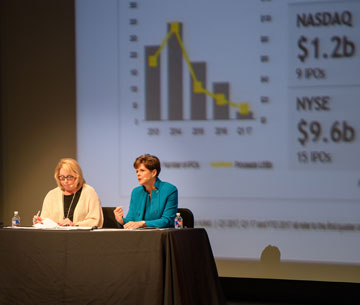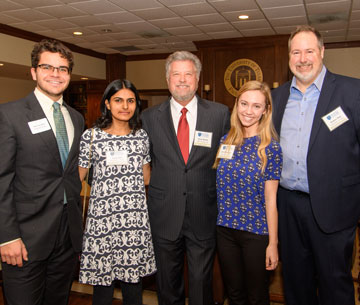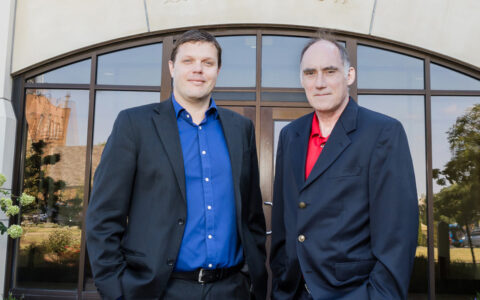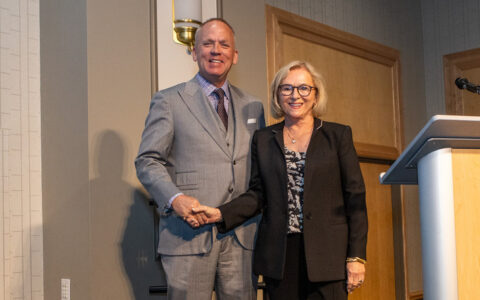At TU’s Collins College of Business, our mission is to empower the next generation of business leaders. Our faculty offer a personalized, transformative curriculum that prepares you to become forward-thinking problem solvers in this rapidly changing world. We want you to embrace the challenges of academic rigor through real world experiences that utilize local and global connections to our diverse network of companies and leaders. Find out how Collins College of Business can help you open the doors to your future.
About | Departments & Schools | Graduate Business Programs | Faculty
Facilities | Conference of Accountants | Friends of Finance















